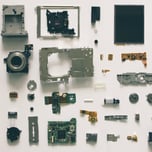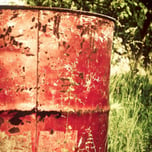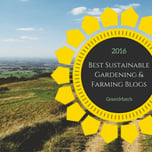- GreenMatch
- Blog
- Tackling Food Waste with Internet of Things
Tackling Food Waste with Internet of Things
Why Food Waste is An Important Issue?
According to the Food Agriculture Organization of the United Nations (FAO), one-third of the total food made for consumption is either lost or wasted globally. This translates into 1.3 billion tonnes per year. In the UK alone, approximately 10 million tonnes of food is lost or wasted annually. The food loss and food waste occur throughout the food supply chain, from farm to fork, which clearly indicates a substantial waste of resources.
Given estimates by year 2050, food production will need to increase by 70 per cent in order to meet the demands of the global population growth. This is notably alarming, considering that approximately 1.4 billion of hectares of agricultural land is wasted. Reducing food waste is an imperative aspect, as the world needs to reach the future demand.
But how can we combat food waste? Simple! Leveraging on the current technology, namely Internet of Things (IoT).
GreenMatch has created this infographic to highlight the use of different IoT solutions in every food supply chain stage.

If you would like to use this infographic on your website, use the embed code below:
What is Internet of Things (IoT)?
Simply put, smart devices that collect and exchange data. The IoT technology allows ‘things’ to connect through an existing network infrastructure, with every device being uniquely identifiable. IoT creates a multitude of opportunities, and according to Gartner Inc., by 2020 there will be roughly 26 billion connected devices.
The Role of IoT in Tackling Food Waste
IoT technology has undoubtedly changed the way we travel, work, and communicate. We are all familiar with the cool IoT technologies such as wearable devices, smart watches, activity trackers or even smart home appliances, however, the less-mentioned, IoT related tech solutions for businesses, reflect the real value of IoT. Businesses have access to real-time data, that enable them to optimise resources, which subsequently mean less waste throughout the food supply chain.
We strive to connect our customers with the right product and supplier. Would you like to be part of GreenMatch?





